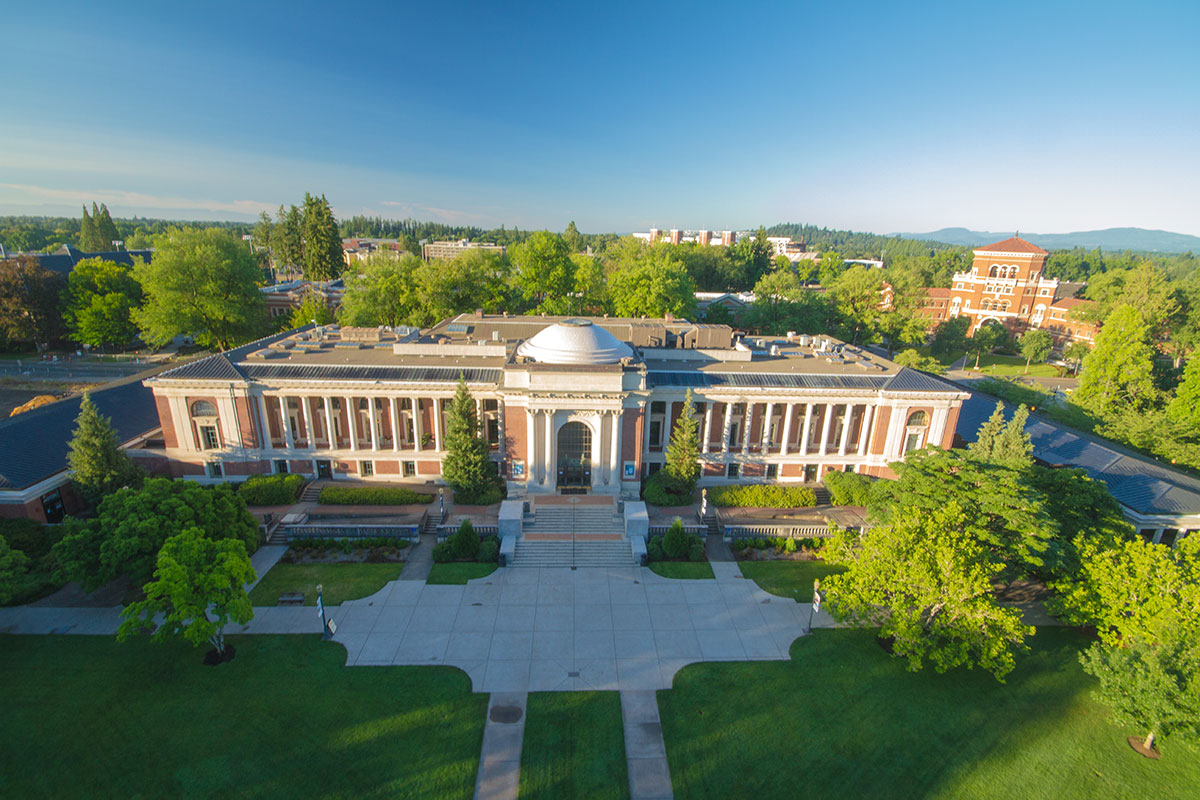 Neither Jennifer Fox nor Robbie Allen is a poet. But when explaining their work to others, these scientists often rely on that pillar of poetry, the metaphor. That’s because for most people, picturing needles in haystacks, keys in locks, and spaceships in docks is a lot easier than getting a clear image of high-throughput screening, combinatorial chemistry, 3D virtual screening or other esoterica in the field of drug discovery.
Neither Jennifer Fox nor Robbie Allen is a poet. But when explaining their work to others, these scientists often rely on that pillar of poetry, the metaphor. That’s because for most people, picturing needles in haystacks, keys in locks, and spaceships in docks is a lot easier than getting a clear image of high-throughput screening, combinatorial chemistry, 3D virtual screening or other esoterica in the field of drug discovery.
In that spirit of clarity, Fox jumps in during a recent three-way interview about a highly specialized research facility called a “compound library.” When Allen tosses off terms like “assay,” she chips in with a more familiar synonym (“Assay just means experiment”). Same with the word “compound” (“Basically,” she says, “it’s a chemical substance.”). The library they run from their riverfront laboratory near downtown Portland has none of the visibility or familiarity of the stately, elm-shaded Multnomah County Library. But tucked away in its warren of office buildings and condos along Macadam Avenue, it draws researchers from universities and pharmaceutical firms all over Oregon in their search for lifesaving medicines.
“Basically, a compound library is a collection of chemicals that could be future drugs,” explains Fox, executive director of OTRADI, the Oregon Translational Research & Development Institute created by the Legislature in 2007 to speed up the quest to find new medicines and bring them to market.
Allen, OTRADI’s scientific director, elaborates. “The 300,000 compounds in our library have been preselected by chemists and biochemists for their potential to become drugs,” he says.
The word “library” is itself a metaphor of sorts; in your mind’s eye, you see books on shelves. Imagine, instead, plastic vials stacked in sub-zero freezers. And in place of Dewey Decimal numbers, think barcodes. The coded compounds are shipped in dry ice, usually from commercial suppliers like San Diego-based ChemBridge or Exquiron in Switzerland, at a cost of about $2 per 100 microliters (roughly four drops). If that sounds expensive, realize that thousands of experiments can be done with those few precious drops — a feat made possible by robots.
“Not only do the robots work fast, they also work small,” says Allen. “They can pick up tiny volumes of liquid that a human with a handheld tool just cannot get.”
 By using “high-throughput screening” (rapid-fire robotic testing of compounds in big batches), researchers greatly increase their odds of getting a “hit” — a reaction showing chemical activity that might stop a tumor or kill a virus. This is where the needle-in-a-haystack metaphor comes in — or, as Fox likes to say, a needle in lots and lots of haystacks. Researchers in fields as diverse as pharmaceutical science, veterinary medicine and environmental toxicology come here to screen compounds for treating melanoma and glioblastoma, identifying environmental carcinogens, inhibiting cancer cell growth and other urgent areas of investigation.
By using “high-throughput screening” (rapid-fire robotic testing of compounds in big batches), researchers greatly increase their odds of getting a “hit” — a reaction showing chemical activity that might stop a tumor or kill a virus. This is where the needle-in-a-haystack metaphor comes in — or, as Fox likes to say, a needle in lots and lots of haystacks. Researchers in fields as diverse as pharmaceutical science, veterinary medicine and environmental toxicology come here to screen compounds for treating melanoma and glioblastoma, identifying environmental carcinogens, inhibiting cancer cell growth and other urgent areas of investigation.
Unique to the OTRADI library is the Oregon Collection — compounds created by individual Oregon chemists. One of those chemists is OSU emeritus professor Jim White. “He was at Oregon State for 30-some years,” Fox reports. “We went to talk to him in his cold room, and there were thousands and thousands of chemicals he had made in his lab.” One of those frozen liquids might hold the building blocks of a new antibiotic or anticancer agent. With a bit of cataloging, White’s chemicals will one day join other OTRADI compounds, which include thousands from natural products discovered by OSU medicinal chemists in remote and exotic spots such as tropical reefs and “blackwater” ecosystems.
______________________________________
